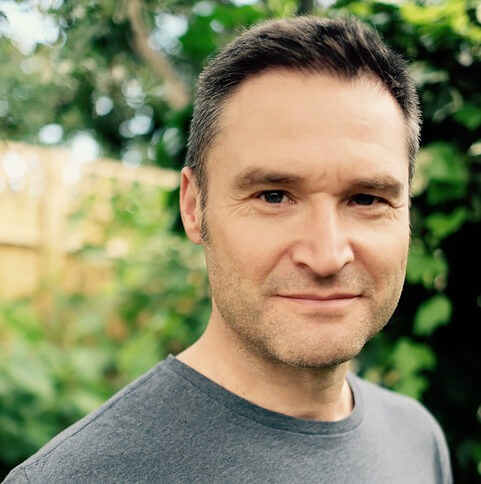Brought up in the Cotswolds, Curtis began his photographic education studying photography at the renowned course at Filton Technical College in Bristol. He went on to study film and television at the London College of Printing and has been balancing work in stills and moving image ever since. Curtis continues to produce stills portraiture for major broadcasters as well as generating his own projects for exhibition and publication. He sites as key influences William Eggleston, Saul Leiter and Paul Graham.
He continues to plough a distinctly idiosyncratic path as Director of Photography on feature films as diverse as Clare Kilner's The Wedding Date, Frank Oz's Death At A Funeral and Joanna Hogg's Unrelated as well as experimental gallery-based installations such as Gideon Koppel's Borth. He remains in great demand worldwide shooting commercials for high profile clients such as Pantene, L'Oreal, La Perla, Ferragamo, Palmolive, Rimmel, Coca Cola, Sony, Guinness, Canon and Cadbury's.
About Volte-Face:
On visiting the Pyramids of Giza in Cairo in 2012, Oliver Curtis turned away and looked back in the direction he had come from. What he saw fascinated him so much that he has since made a point of turning his back on some of world's most photographed monuments and historic sites, looking at their counter-views and forgotten faces.
Taken over a period of four years, Volte-face is an invitation to turn around and see a new aspect of the over-photographed sites of the world - to send our gaze elsewhere and to favour the incidental over the monumental...
Curtis feels that despite the landmark not being present in the photograph, the images are still suffused with the aura of the construction. The camera lens effectively acts as a nodal point and, by giving the photograph the title of the unseen partner, this duality becomes a virtue.
Volte-face will be published by Dewi Lewis featuring an essay by Geoff Dyer:
https://www.dewilewis.com/collections/new-titles/products/volte-face
The first exhibition of the Volte-face project was held at the Royal Geographical Society in London, Sept 2016. The collection has received a great deal of acclaim worldwide and has featured in the Financial Times Magazine (UK), NPR Radio New Hampshire (USA), Liberation (France) Wired.com and BBC World Update amongst many others.
Selected Books on

